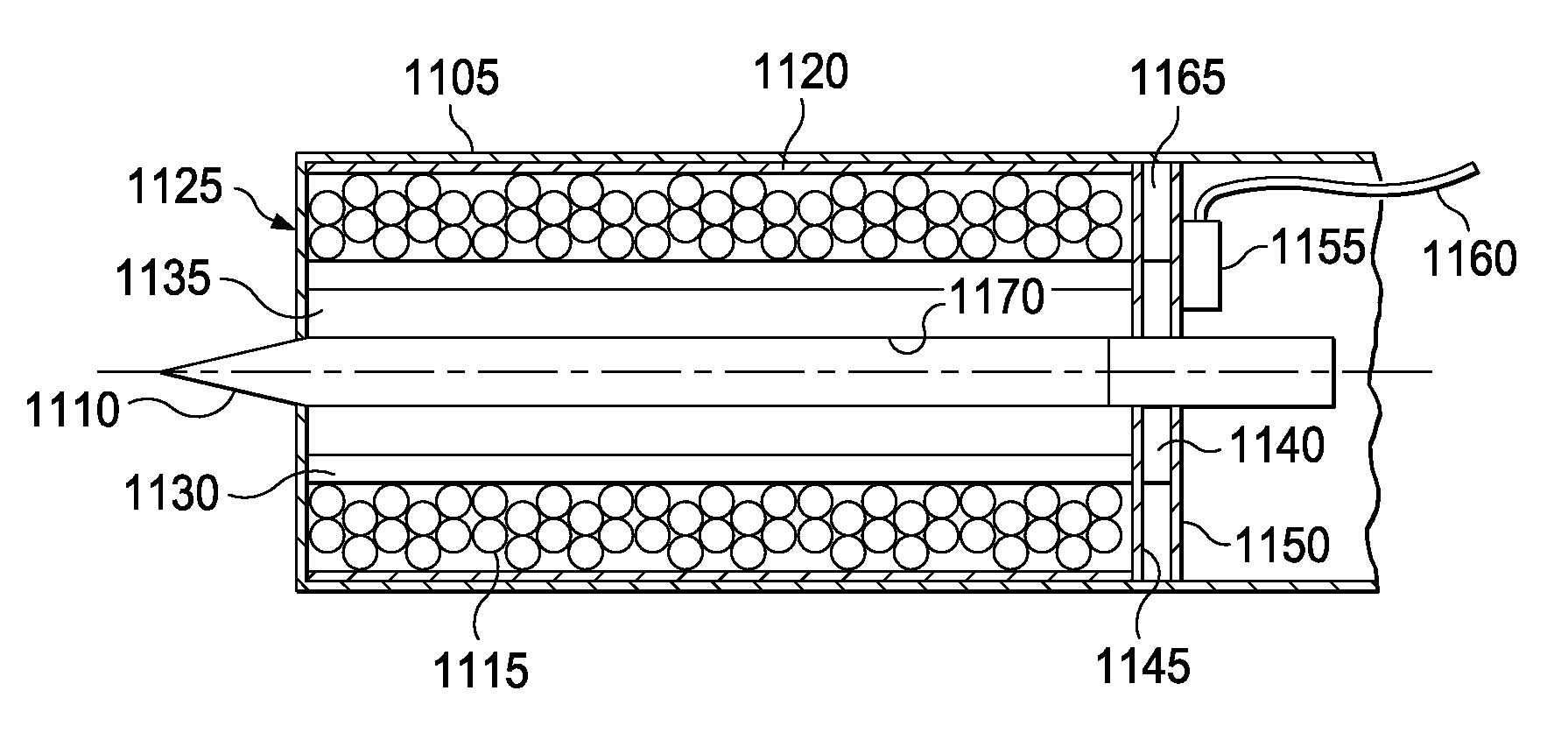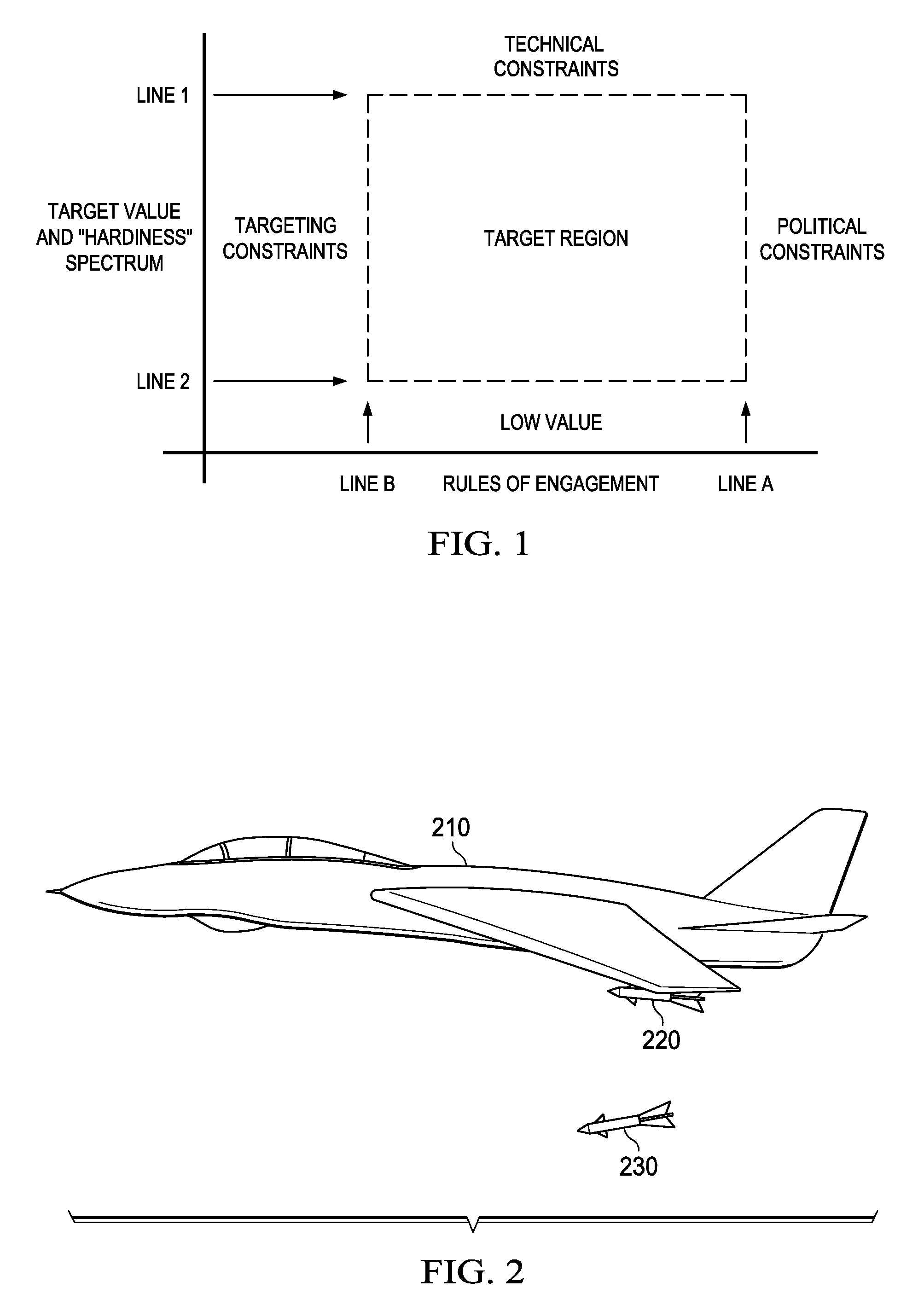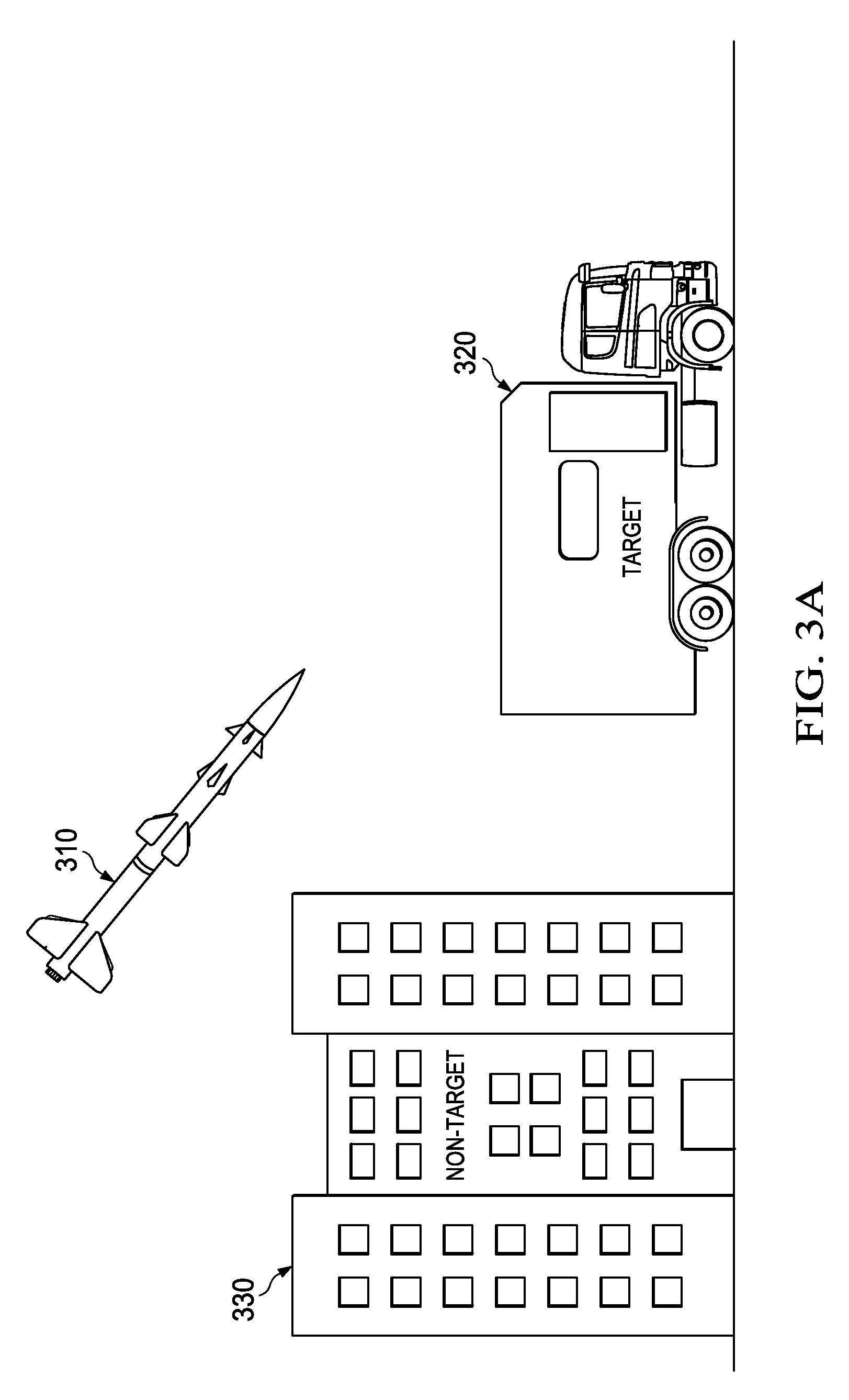For instance, the targets such as hospitals and religious shrines are adverse to collateral damage and off limits to long term lethal debris.
While the targets above Line 1 are often high value targets of military worthiness, the targets are hardened to
attack with conventional weapons and often require ground
attack or nuclear weapons.
In contrast, there are some lightly defended targets which are not “hard,” but are simply of too little value to merit an individual
attack.
Prior to the advent of
laser guided bombs, even relatively large targets, such as bridges, fell into this category when local defenses made low level bombing impossible.
In Vietnam, some bridges were attacked with literally thousands of bombs without lasting effect, because the strike aircraft simply could not get close enough without
exposure to great danger to place a bomb on a critical structural location.
Most of these bridges were subsequently destroyed with the first attack by aircraft with
laser guided bombs.
The
hardness beyond the capability of conventional weapons, however, is still on the order of tens of meters of concrete, and the
absolute number of such targets is very small.
Thus, changes in the boundary defined by Line 1 have an insufficient influence on the
absolute number of targets that can be attacked.
At the same time, the area to the right of Line A has grown and, with conventional warheads, the blast
radius is simply too large to allow most
general purpose weapons to be used.
These means are not generally acceptable for political reasons and the resulting unacceptable collateral damage.
In the process of prosecuting a campaign, matching weapons, targets, and rules of engagement is often impossible.
As an example, Javelin (an anti-tank weapon) has been used to attack suburban structures, which is an inefficient match for the Javelin
fuze and warhead.
As a further example, cluster weapons have been used near civilian areas, resulting in injury to civilians who subsequently found
unexploded ordnance.
As yet a further example, Hellfire missiles (another anti-tank weapon) have been used to attack light trucks; a mismatch for the Hellfire
fuze and warhead, which in some cases resulted in a failure to explode.
In many other cases, the rules of engagement prevented a needed attack from being prosecuted, primarily due to the risk of collateral damage.
The change in war fighting methods and capabilities has not kept pace with this change in philosophy.
Although precision guidance has offered a limited measure of performance
gain to match these changes in philosophy, warhead and munitions characteristics continue to produce collateral damage, scatter latent lethal debris, and generate unacceptable over-kill.
The substantial thermal effects, differential pressures and shrapnel of the unitary warhead can encompass a large area producing damaging effects to an area that exceeds that of the intended target thereby giving rise to the potential of inducing collateral damage.
Intended and unintended motion, shock and
impact imparted to or in proximity of an unexploded warhead can cause
detonation with unintended damage, destruction, injury and death.
Dispensed submunitions, though effective, produce a certain number that fail to detonate for any number of reasons.
Unexploded submunitions are known to detonate, causing
severe injury and
loss of life, when subjected to motion, shock and
impact such as the motion, shock and
impact that may be induced by the action of a person picking up the unexploded submunitions and then having it detonate.
Additionally, unexploded submunitions present a
hazard to one's own personnel that move through the area where the weapon has been dispensed, often present to remove and clear a dispensed area.
The unexploded submunitions also present a hazard to innocent individuals that come into contact with the submunitions.
Organizations and certain individuals have represented that the submunitions are equivalent to landmines and represent an unacceptable, dangerous element to society.
Residual dust and debris from these weapons can carry latent effects that may be harmful.
These dangers are latent, occurring well after the warhead has been expended or exposed to destabilizing environments such as a fire.
Application of an oversized warhead when placed within an acceptable distance of the target will normally result in the destruction or
neutralization of the target.
This substantially increases the opportunity to cause undesired and unnecessary collateral damage beyond the space occupied by the target.
Application of a warhead of insufficient size normally results in a failed attempt to destroy or neutralize the target, and these results may be independent of the placement of the warhead.
The collateral damage from the application would be extensive.
Political demands, ethical considerations, social influences and economic constraints on the rules of engagement are such that collateral damage is undesirable.
This multi-parameter matrix of warheads, guidance systems, and rules of engagement results in a logistically difficult and large solution space to be properly managed so as to result in the effective destruction of the intended target without unacceptable collateral damage.
Current warhead technology is typically embodied in
single effect munitions and does not incorporate a method of selectively varying effects.
Limited
magazine space and
transportation capacity results in limited numbers of a given class of warheads or a limited mix of classes being available at the operating units.
The available warhead load-out is limited by the possible warhead characteristics.
The potential for mismatch between the target to be confronted and the load-out of the engaging unit is considerable.
Thus, load-outs will tend to err on the side of larger warheads.
Larger warheads affect larger areas and, in general, greatly increase the chances of collateral damage.
A percentage of dispensed submunitions (typically three to seven percent) fail to function resulting in a large number of unexploded submunitions creating hazards to friendly troops moving through the area, to innocent civilians, and to personnel removing the unexploded submunitions.
This type of warhead will generate collateral damage beyond the confines of the target engaged.
Also, a GBU-28 that has been delivered but has failed to explode and may be subject to unintended motion, shock or impact presents a very significant latent hazard.
Alternatively, a
depleted uranium enhanced tank round would pass completely through the target and may not destroy or even seriously disable the target while at the same time producing unintended damage or destruction of unintended objects or individuals beyond the target.
Even in view of the flexibility, however, several limitations still apply to the application of such weapons such as a limited target set, collateral damage beyond the intended target, the production of residual latent dangerous and hazardous materials and debris including, but not limited to, unexploded ordnance, and the inability to select different effects from a single warhead.
Accordingly, what is needed in the art is an effective weapon and warhead that is adequate for the mission and very limited and specific to its area of intended destruction.
 Login to View More
Login to View More  Login to View More
Login to View More 


